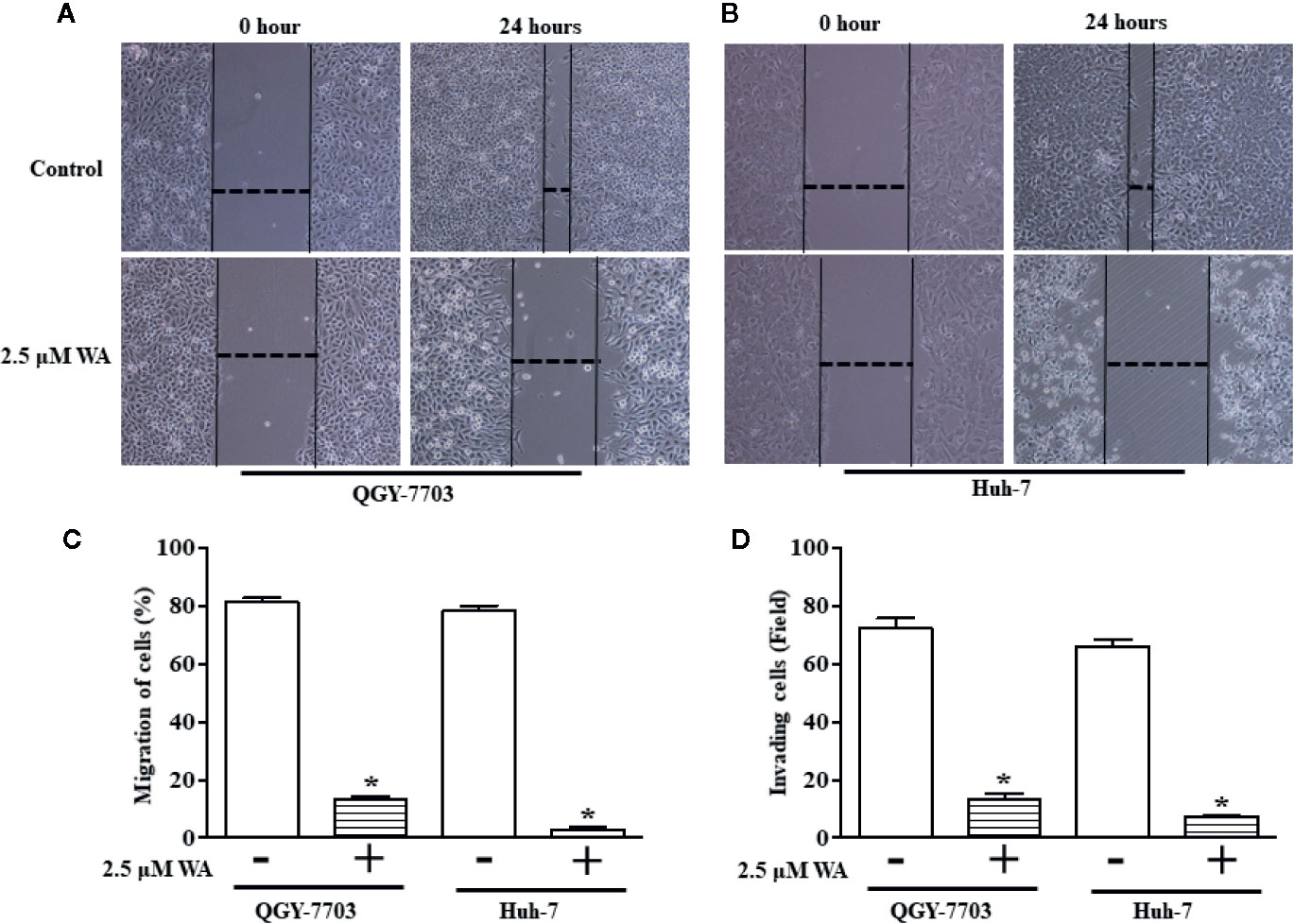

Varroa are a pretty regular size and shape. Scrape the tray clean after counting the mites … if you leave the tray dirty you’ll end up double counting and struggling to spot mites that are knee-deep in the crud that’s fallen through the OMF. Make life a bit easier by ruling a simple grid onto the tray and counting square by square. The larger the area you’re counting the more likely it is to either double-count or miss mites.

The cell cappings, the pollen that’s being dropped, the wax scales and various other bits of bee, all make spotting the mites more tricky. The less frequently you count the more difficult it is to discriminate dead mites from all the other detritus that accumulates on the trays.

I consider >50/day is ‘lots’ and only count smaller numbers. Others just look for ‘lots’ at the beginning and ‘almost none’ at the end. Some beekeepers count each and every mite that appears on the trays. I usually carefully monitor the first week or two and the last week.
#Imagej colony counting full#
What you’re looking for is a hugely reduced count of mites dropped per day at the end of the full treatment period when compared with the beginning. If emerging brood levels vary, so will the mite drop … but also remember that the efficacy of the miticide also varies over time. Vaporised oxalic acid often gives a better drop after 24-48 hours, and continues to work over about 5 days.Īs indicated in the footnote ‡, the numbers of brood emerging per day will expose ‘new’ mites to the miticide, increasing the count. It may take a day or two for the treatment to achieve maximum kill. What you need to observe is a reduction in mite drop when comparing early and late counts.ĭepending upon the treatment, the first days’ drop isn’t necessarily indicative of whether the miticide is working (or of the phoretic mite load of the colony). If you count thousands of dropped mites and that number doesn’t diminish during treatment i.e. the drop per day early and late in treatment is broadly similar, then the treatment is working, but it’s not effective or finished as there are loads of mites still left. The treatment may be working, but has it been effective? The scores are on the floors Check these on a regular basis during treatment and you have a simple way of determining whether the treatment is working. Restrict the access of ants and other creepy crawlies to the tray or they may steal some of the corpses. Open mesh floors (OMF) can easily be fitted with a sheet of closely-fitting (most usefully white) Correx onto which the mites drop. To count the mites you need some way of catching the mites. Counting the corpsesĪlternatively, and this is what most beekeepers do, apply the treatment and count the mite drop. However these are the most accurate way of measuring things. However, both are pretty intrusive and – with the exception of the sugar-roll – involve the sacrifice of bees or brood, so perhaps not ideal at this stage of the season. uncap a known amount of worker brood (drone brood is almost certainly absent from colonies this late in the season) to quantify mite infestation.conducting an alcohol wash test, or a sugar-roll equivalent, of workers to quantify the phoretic mites.There are a couple of obvious ways to determine the mite load before and after treatment. Therefore, treatments are usually applied over a period of several weeks to ensure that mites newly emerged from capped cells are also exposed. The majority of treatments (MAQS is the current exception) only target these mites. It has been determined that only 10-20% of mites in a colony are phoretic i.e. You also need to have some idea that the treatment is reducing the numbers of Varroa in the colony. With the exception of readers in the Southern Hemisphere, Colonsay, the Isle of Man or a few favoured locations in the Highlands of Scotland †, miticide treatments should be on to reduce Varroa levels.įor reasons explained elsewhere, it’s important that this is done before the winter bees are exposed to the smorgasbord of viruses that Varroa transmits when it feeds.


 0 kommentar(er)
0 kommentar(er)
